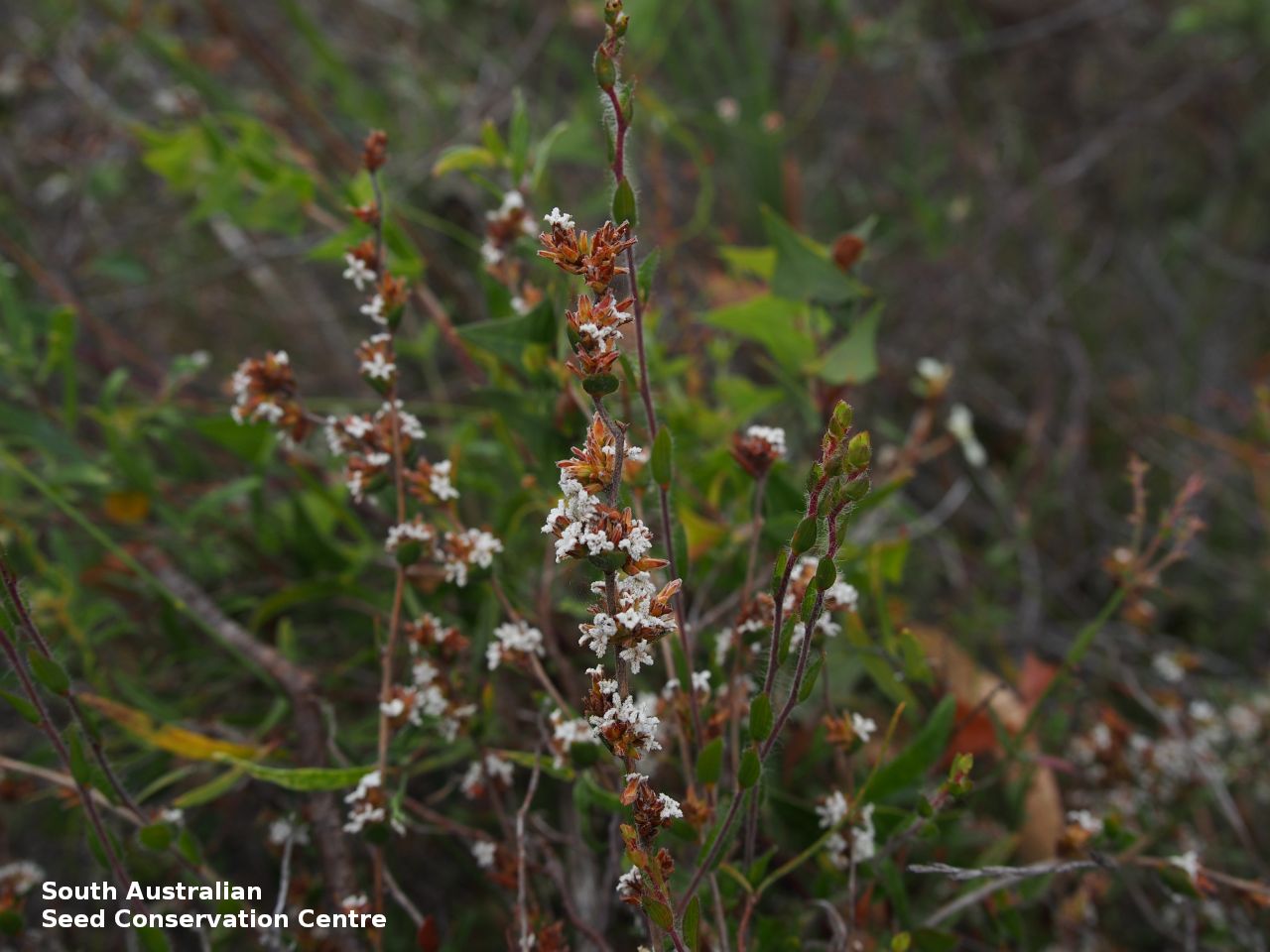
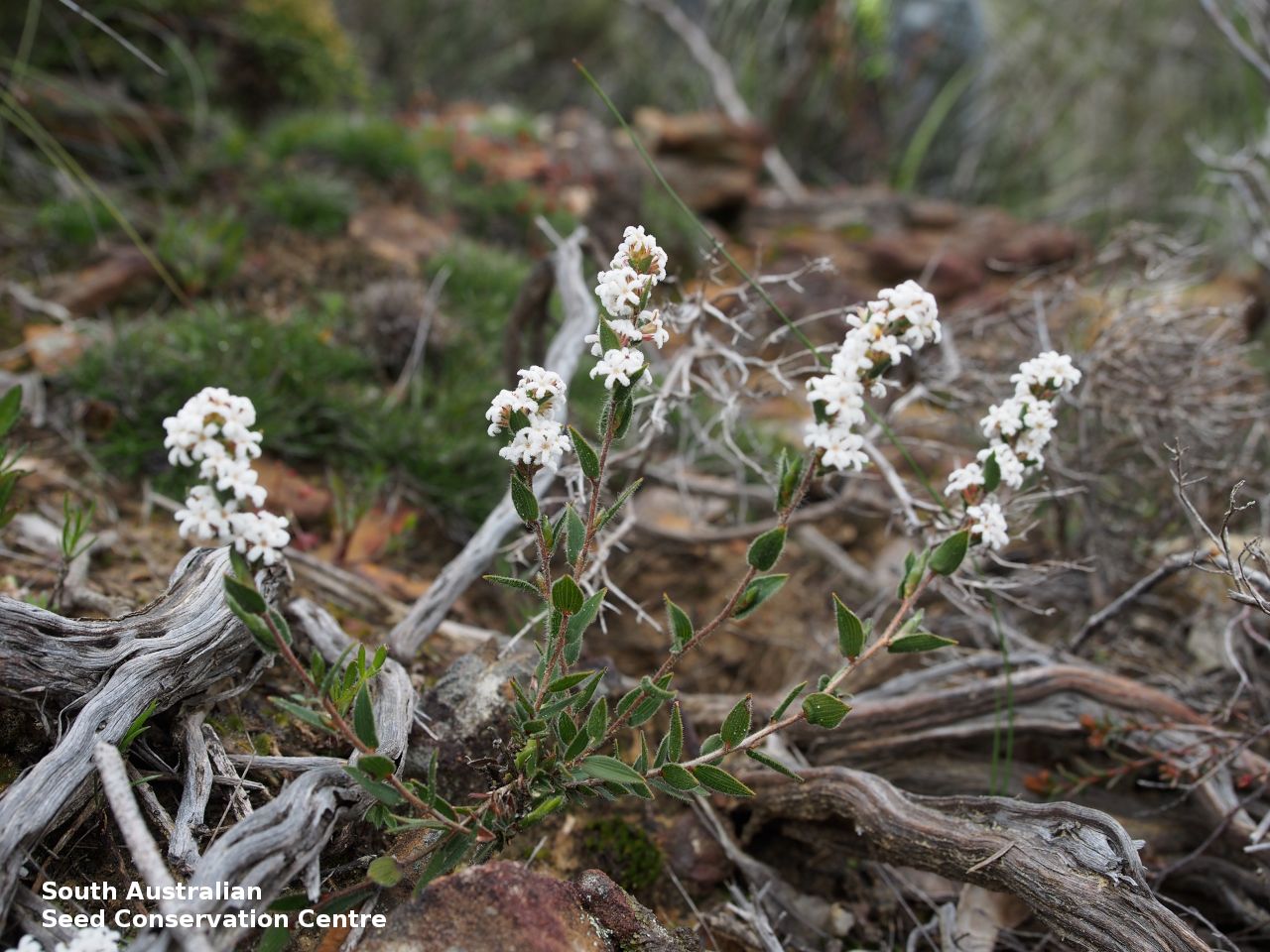
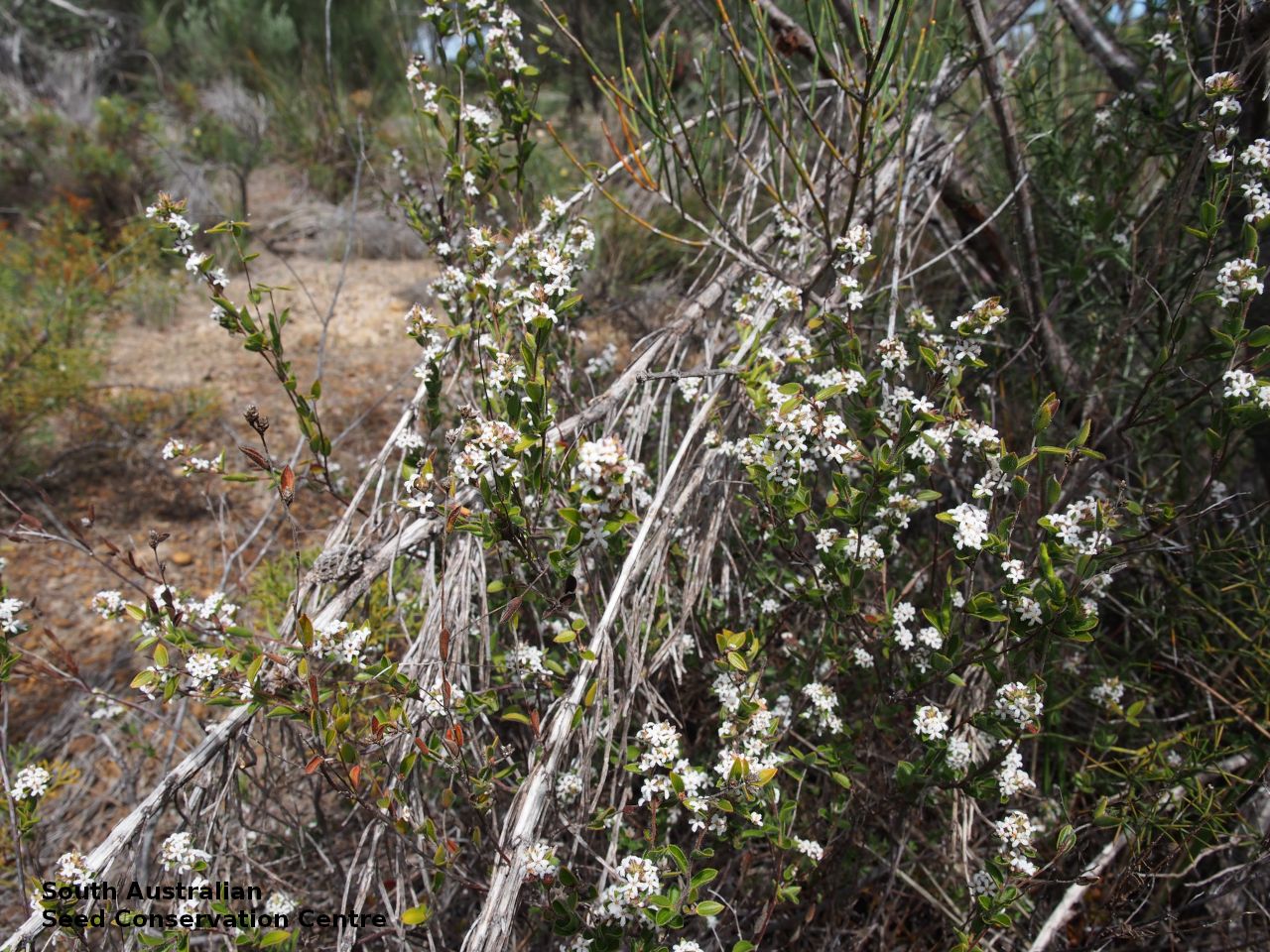
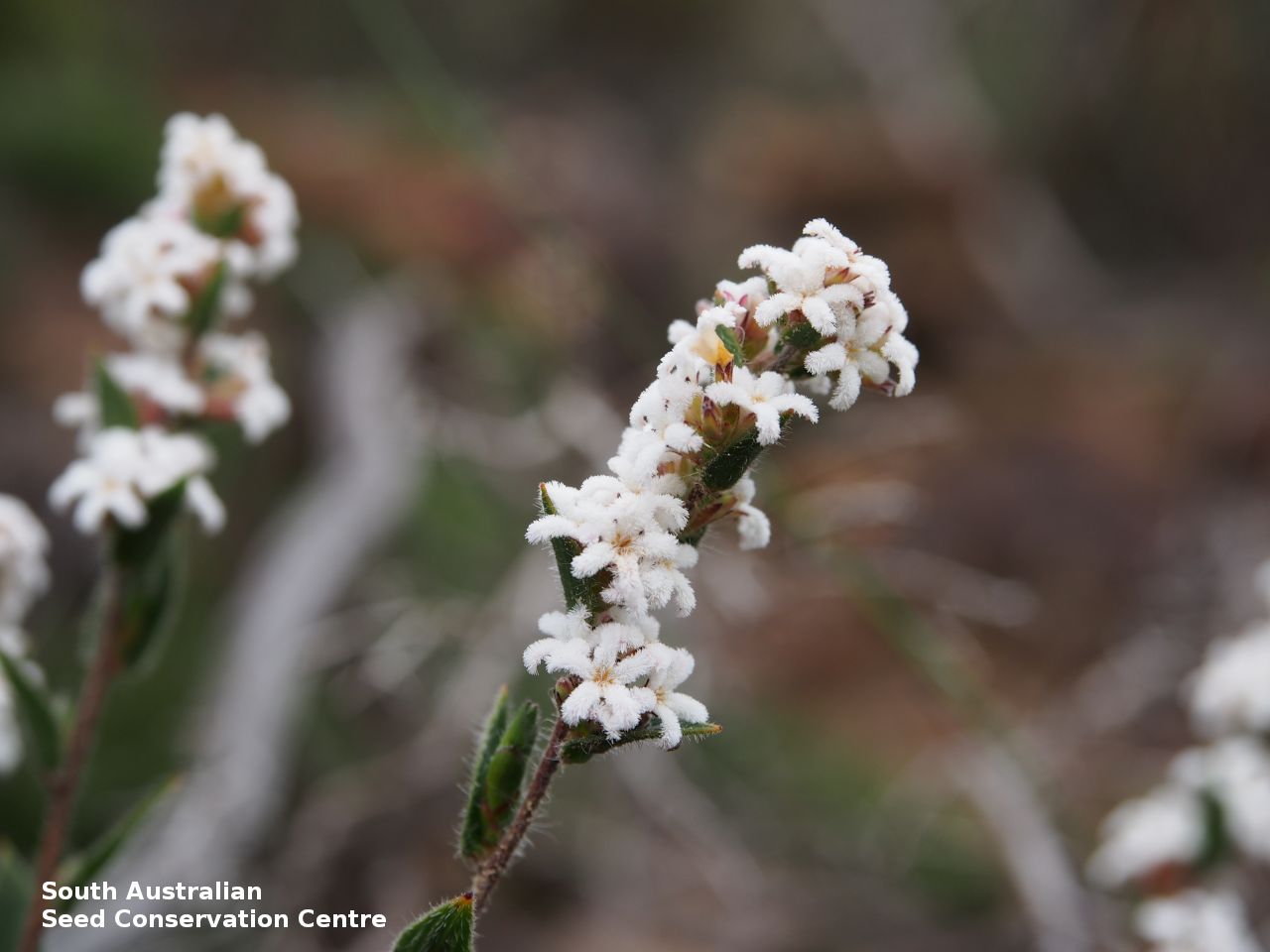
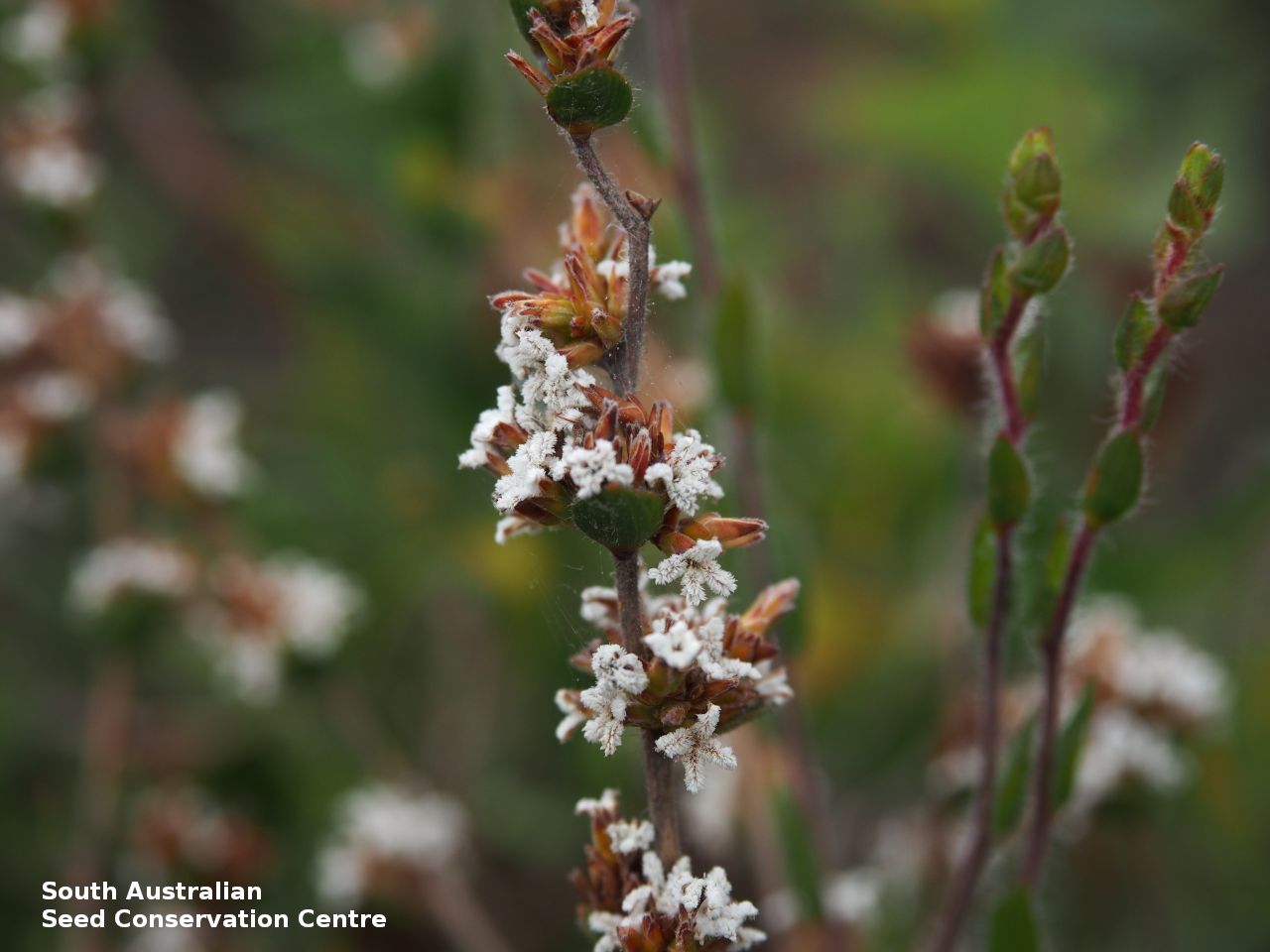
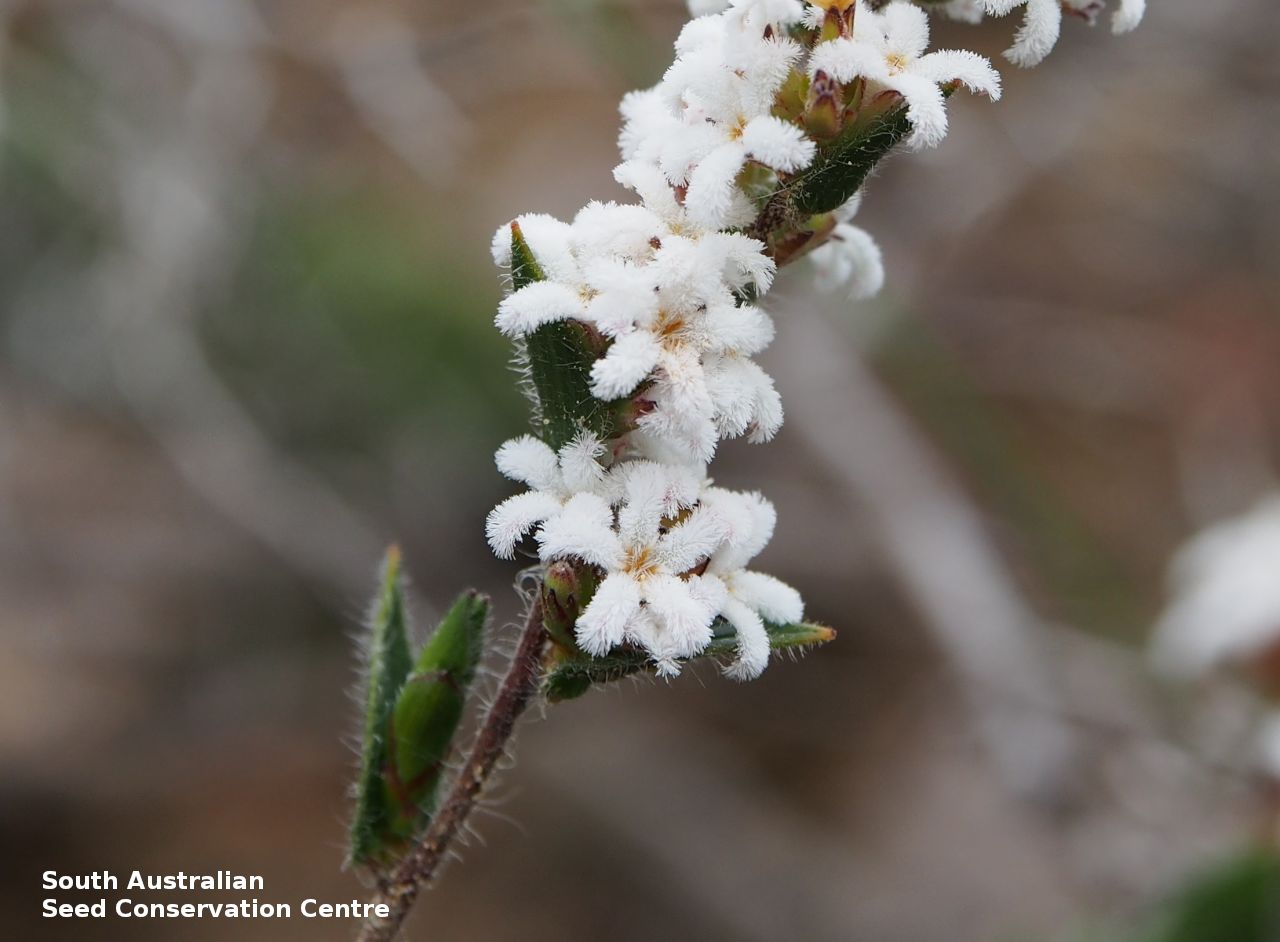
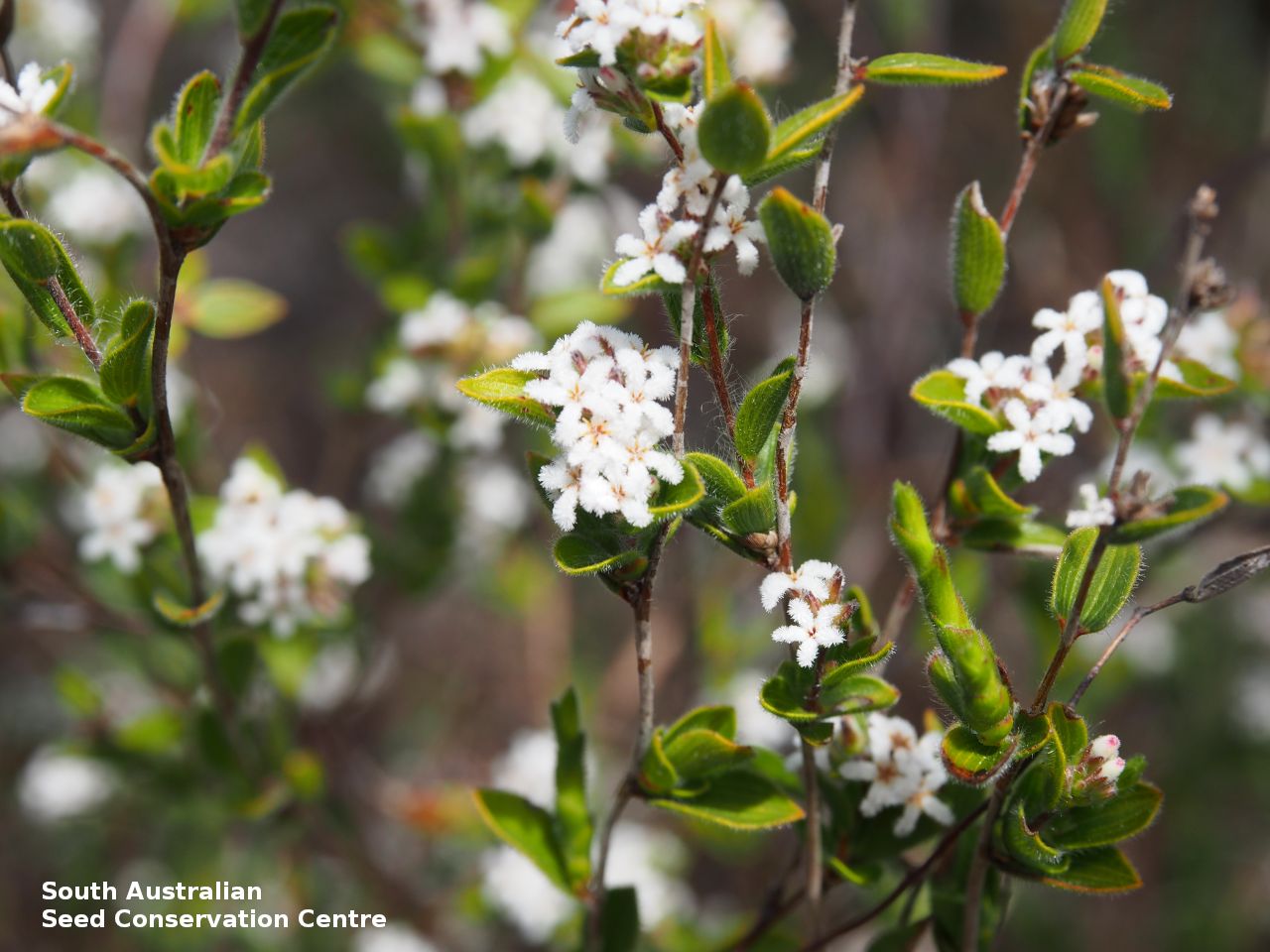
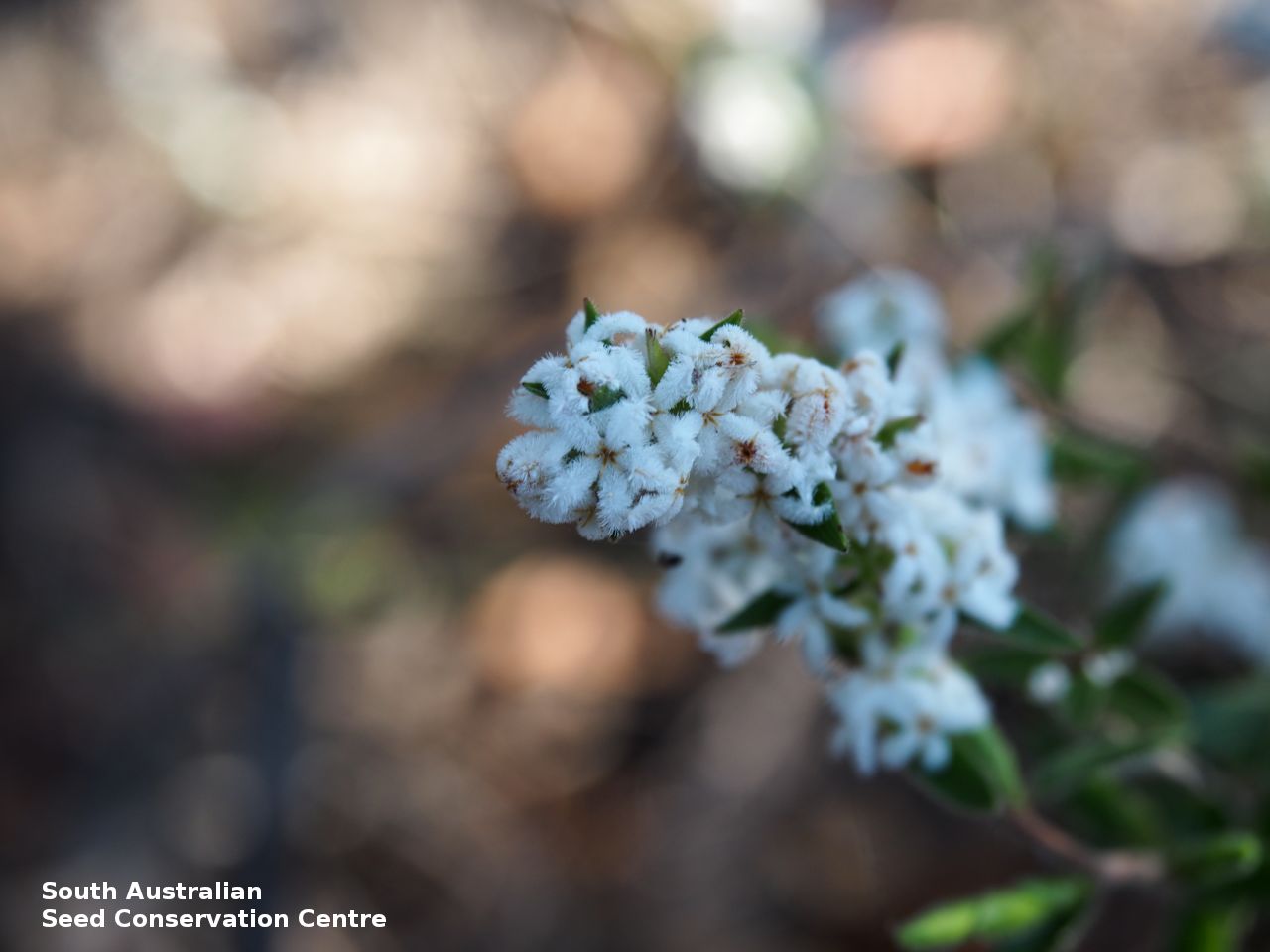
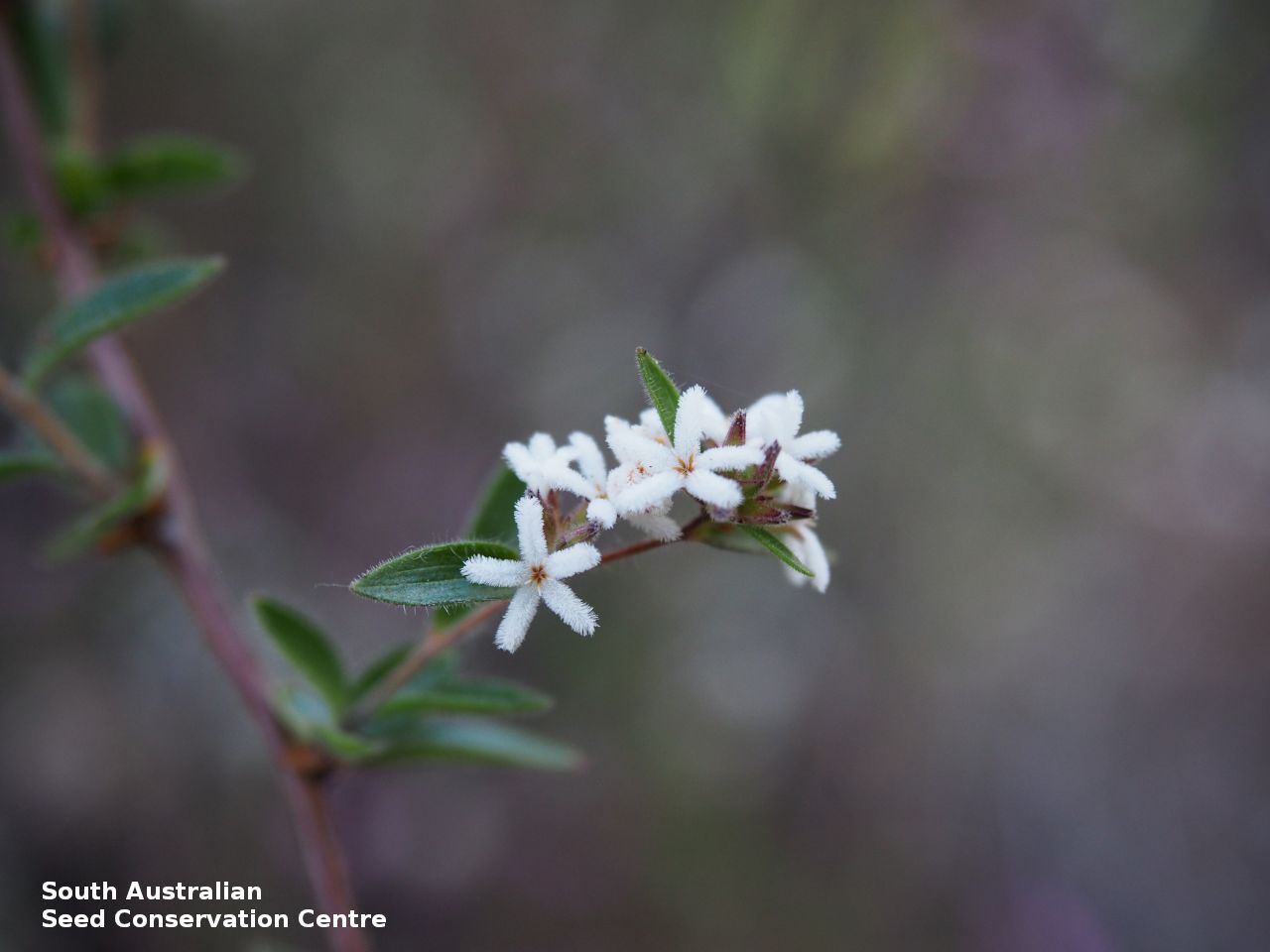
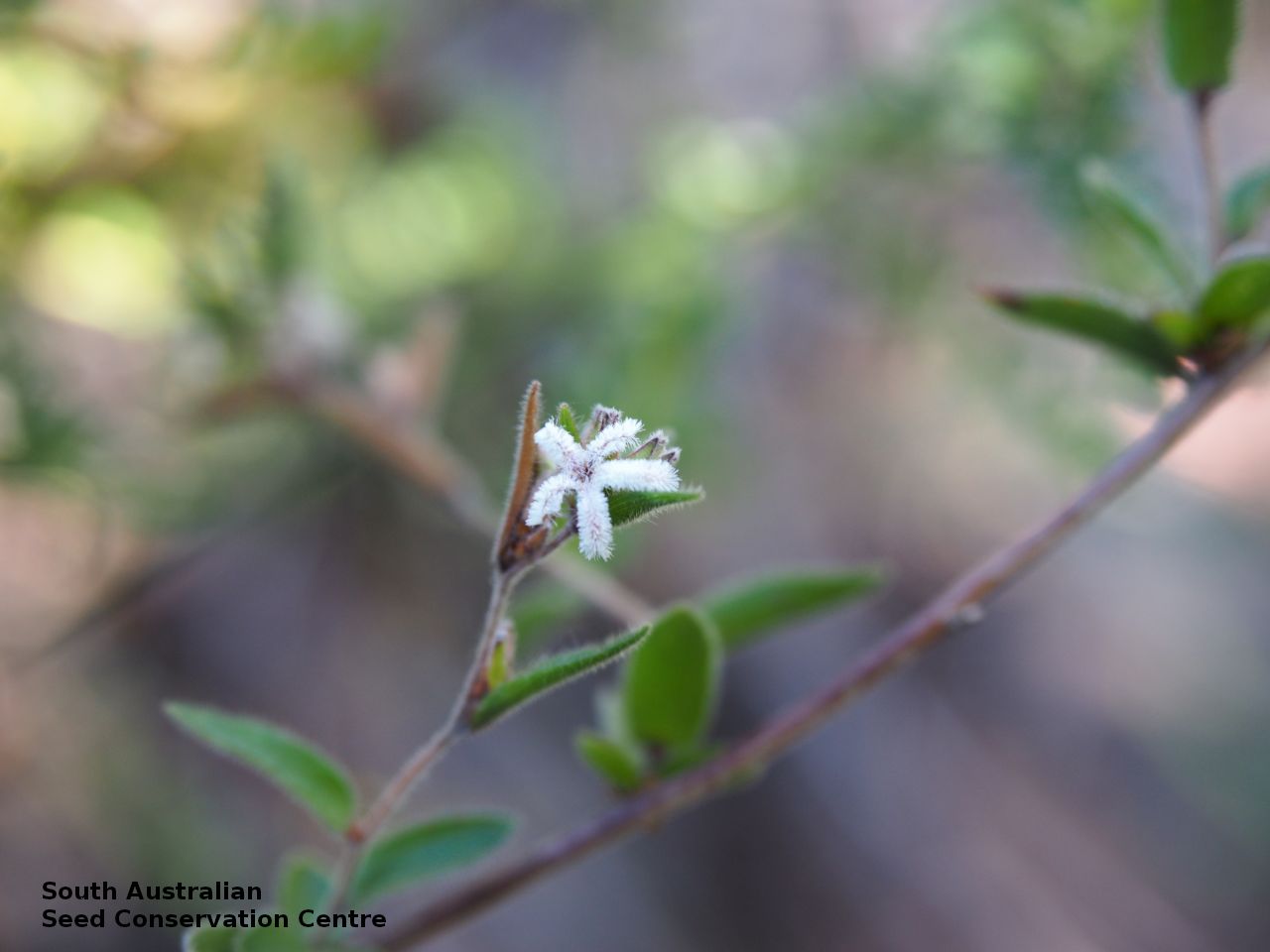
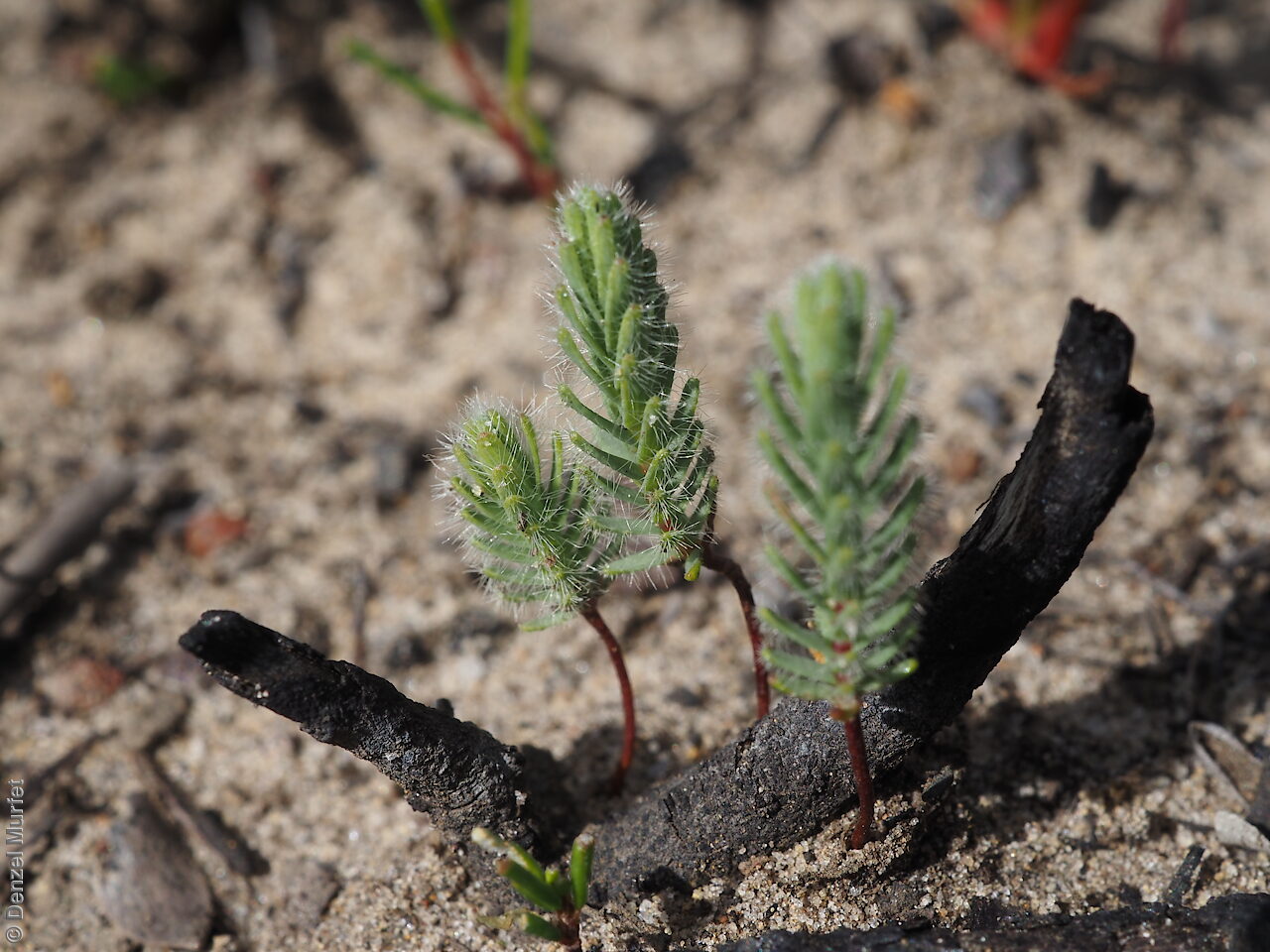

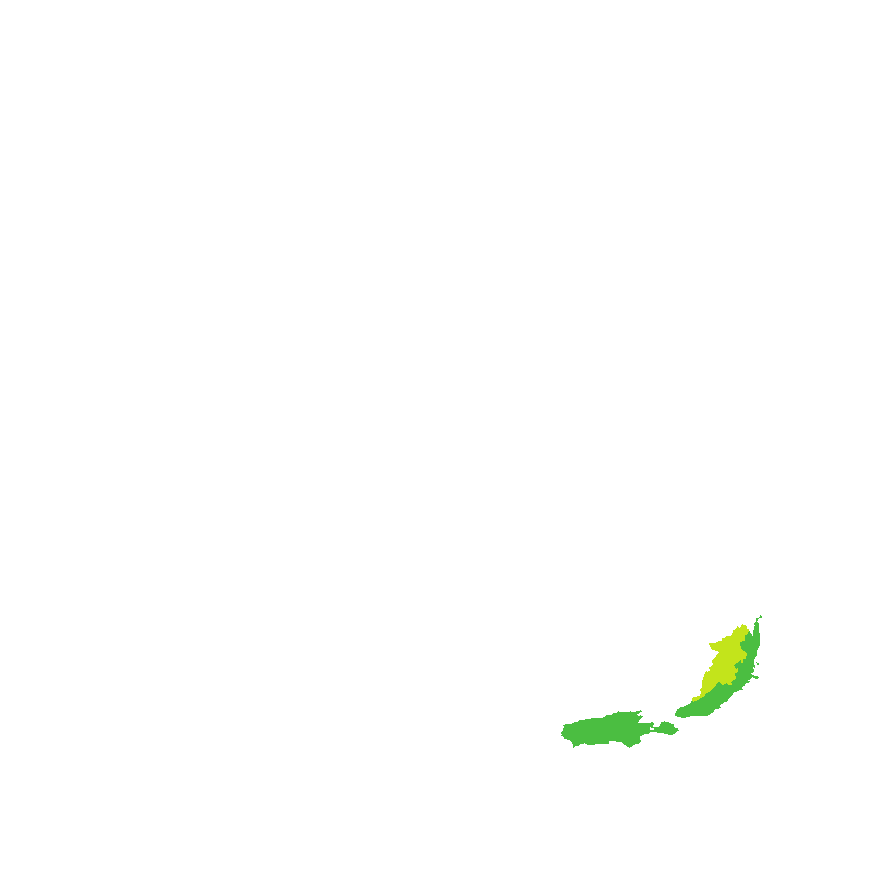
Botanical art
Prior names
Leucopogon apiculatus
Styphelia concurva
Etymology
Leucopogon, from the Greek 'leukoni', meaning white and 'pogon', meaning bea, alluding to the white-bearded corolla lobes. Concurvus, referring to the shape of the leaf cross- section.
Distribution and status
Endemic to South Australia and found on Kangaroo Island and the southern Mount Lofty Ranges growing in open forest, mallee scrub and heathland or near swamp margins. Native. Common in South Australia.
Herbarium regions: Southern Lofty, Kangaroo Island, Green Adelaide
NRM regions: Kangaroo Island, South East
AVH map: SA distribution map (external link)
Plant description
Low straggling shrub to 60 cm high, with wiry glabrous to hairy branches. Leaves erect to spreading; ovate, to 17 mm long and 6 mm wide; apex almost obtuse, lacking a point; margin ciliate; lamina, thin, flat to concave, upper surface with sunken veins, glabrous; the lower surface striate. Inflorescence in short dense terminal clusters or solitary in upper axils, with white tubular densely bearded flowers. Flowering between July and October. Fruits are oblong fleshy fruit to 1.8 mm long and 1.3 mm wide, apex rounded to flat, surface smooth. Seed embryo type is linear, under-developed.
Seed collection and propagation
Collect seeds between November and December. Collect berries that are white with a hard seed. Place the berries in a bucket of water and leave to soak over night. Rub the flesh off by hand. Drain and wash again if required to remove all the fleshy parts. Then spread the wet seeds onto paper towels and leave to dry. Store the seeds with a desiccant such as dried silica beads or dry rice, in an air tight container in a cool and dry place. This species has morpho-physiological dormancy and is difficult to germinate.